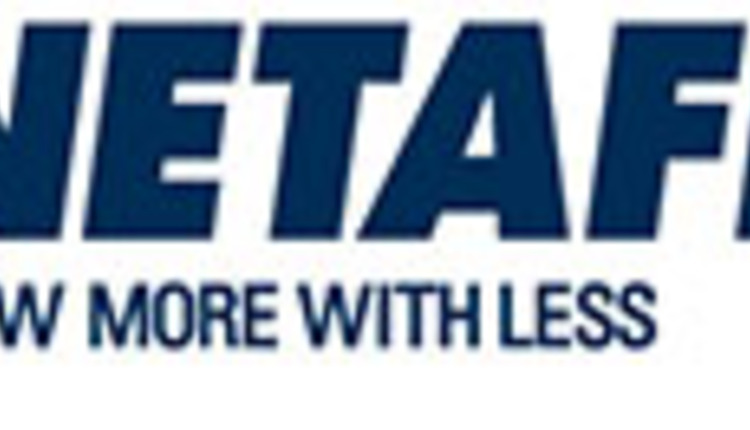
This item has been supplied by a forage marketer and has not been edited, verified or endorsed by Hay & Forage Grower.
As water availability declines and forage market prices drop, more and more alfalfa growers are looking for ways to increase their on-farm productivity by upgrading their traditional surface irrigation systems to more efficient subsurface drip irrigation (SDI) systems.As I travel the country meeting with growers of all types, it is evident that the positive impact SDI has shown in regards to improving yields and reducing crop input costs makes the technology a very attractive proposition for most farmers.
But, as is the case with any on-farm technology, SDI does come with its unique set of challenges that growers need to be aware of and manage on a consistent basis.
One of those challenges is the impact of rodents on subsurface drip systems.

When it comes to SDI systems, the stakes are even higher as unchecked rodent populations are capable of gnawing through driplines and pipes, causing leaks, reducing system uniformity and wreaking havoc on the health of a crop.
While there is no one-stop solution for controlling rodent overpopulation on agricultural lands, it has been demonstrated that growers with a well designed and consistently executed plan can significantly reduce rodent populations and damage to SDI systems.
As the product application support specialist at Netafim USA, Dennis Hannaford works closely with growers on developing, implementing and evaluating the success of tailored rodent management plans.
“The key to successful rodent control is diligence,” says Hannaford, “It requires an integrated approach to systematically reduce acceptable habitats for rodents close to the field. There is no silver bullet, and each plan needs to be customized according to each grower’s operation.”
It is important that growers conduct a full assessment of rodent infestation before initiating any control measures. Existing rodent pressures, either from surrounding fields or within a newly planted field, is the first source of conflict between rodents, crop and equipment. Utilizing a local vertebrate pest management specialist to assist with the assessment is advised.
Once the species and intensity of the problem are assessed, growers can employ effective habitat modification strategies. The most common tactics include deep ripping of the field to destroy burrow systems, the creation of a buffer zone, and elimination of surrounding weeds and groundcover that rodents use as a food source.
“The goal is to employ tactics that make the area very unsuitable for rodent populations,” says Hannaford.
Once the driplines are installed, it’s important to use a combination of deterrents since rodents can become overly familiar with baits and traps and start avoiding both. Other beneficial practices include installing owl boxes to provide biological control, methodically scouting for mounds and leaks, fumigating fields, and filling tunnel networks with carbon monoxide to asphyxiate rodents.
Some growers even leave flood borders in their drip-irrigated field so they can eradicate rodents if the population expands beyond what is manageable with traditional tools.
Still, effective rodent management is always dependent on the ability of a grower to consistently scout fields for incursions, according to Hannaford.
“During the winter months, alfalfa grows very little but it is critical to scout and use management measures more intensively than in other months,” he says. “This is the only time of the year you can scout and employ treatment measures in successive weeks due to the low/no growth of alfalfa.”
From November through April, fields should be monitored consistently for gopher pressure followed by mapping, trapping and baiting. May through October follows the same pattern with the addition of trapping and baiting after each cutting.
Acknowledging that adding a rodent control routine to a farmer’s already busy schedule may sound daunting, most growers find that the benefits delivered by SDI far outweigh the added work of rodent control measures.
Seth Rossow, who manages Bert Wilgenburg Farms near Merced, CA, installed Netafim SDI systems in alfalfa fields and can attest to the improved yield benefits he’s verified after harvesting alfalfa.
“Our yields are better than on flood,” he said of SDI. “If you start calculating our pounds of alfalfa per acre-foot of water, we’ve increased our efficiency so much that we now get 62.5 percent more pounds of alfalfa per acre-foot of water. That’s significant in the whole scheme of things.”
However, he adds, it’s imperative not to let rodents get out of control. He uses a combination of control methods including the installation of owl boxes, field scouting and bait. He’ll also use carbon monoxide if he gets behind on his rodent control.
“When we are getting these types of yields in return, it’s hard to argue that the added rodent control measures are not worth it,” said Rossow. “We made the decision to optimize our alfalfa yields with a drip irrigation system, and rodent control is a part of that process.”
About the author: Todd Rinkenberger is the Western Region Manager for Netafim USA. He is a 21-year veteran of the agricultural irrigation industry and has a background in crop and dairy production. He has a degree from CSU Fresno in Agricultural Economics.

